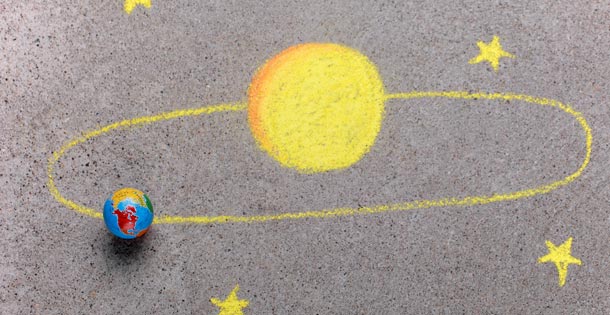Before we dive into leap year traditions, first a word of explanation:
You may already know that our calendar is based on the solar year — the time it takes for the earth to fully orbit the sun and arrive at the same starting point. Unfortunately, this orbit takes 365.25 days, and our calendar is based on whole days. So we add a whole day every four years to adjust for the quarter day.
You may not know that our calendar makes two other adjustments, because that fraction of a day is actually not, in fact, six hours long, but 5 hours 48 minutes 46 seconds. This item, from an 1884 Post, explains one additional adjustment.
The year 1900 will not be a leap year, although it is divisible by four without a remainder. In order to make calendar and solar time agree as nearly as they can be got for many years to come, the Gregorian calendar drops three leap years out of every four centuries, and these omissions are upon such leap years as will not divide 400 without a remainder, although they can be divided evenly by four. The year 1600 was a leap year, but 1700 and 1800 were not, and 1900 will not be.
And, consequently, the year 2000 was a leap year. We won’t have another leap year at the start of a century until 2400. The other adjustment? To bring our calendar and solar time even closer, there’s no leap year in any year evenly divisible by 4,000.
Become a Saturday Evening Post member and enjoy unlimited access. Subscribe now




Comments
Thanks Post Editors for this fascinating look at Leap Year! I always thought it was every four years no matter what, but not quite. Now I know why.